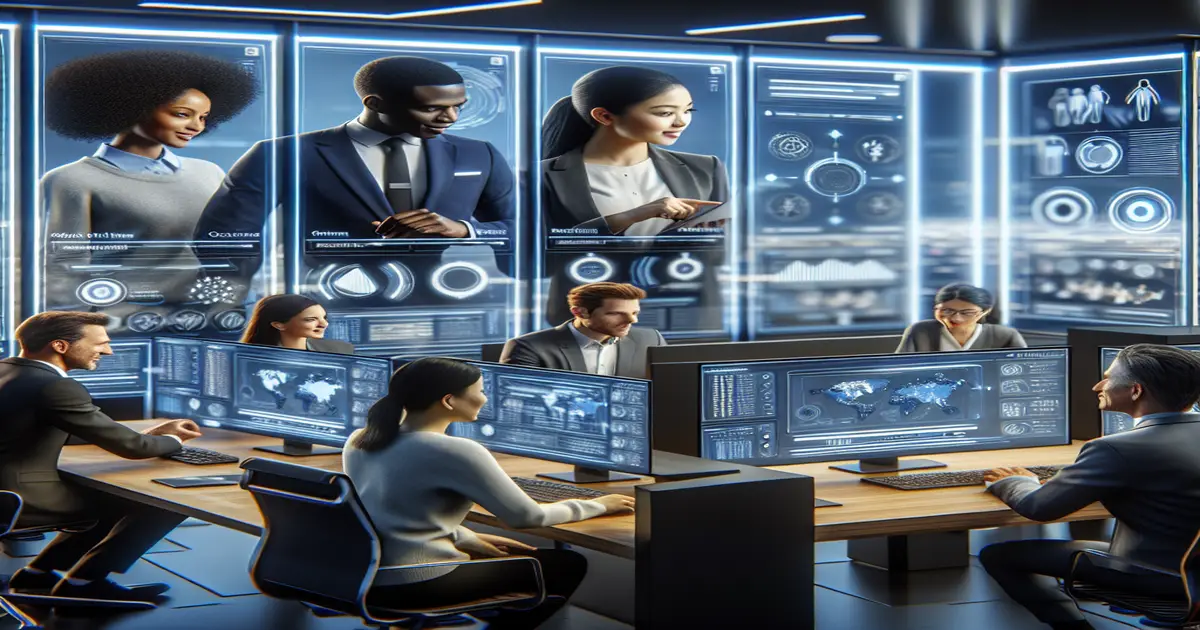Gamification in CRM: How to Level Up Customer Relationships
In today’s fast-paced and competitive business environment, customer relationship management (CRM) has become more crucial than ever. Companies are constantly looking for ways to engage with their customers, build loyalty, and increase sales. One innovative strategy that has gained popularity in recent years is gamification. By incorporating game-like elements into CRM processes, businesses can motivate their employees, improve customer interactions, and ultimately boost their bottom line.
In this article, we will explore the concept of gamification in CRM, its benefits, and how companies can effectively implement gamified strategies to enhance their customer relationships.
What is Gamification in CRM?
Gamification is the process of applying game-design elements and principles to non-game contexts, such as business processes, to engage and motivate people. In the context of CRM, gamification involves using game mechanics like points, badges, leaderboards, and challenges to encourage employees to engage with customers more effectively.
By gamifying CRM processes, companies can motivate their employees to perform better, increase customer engagement, and foster a sense of competition and collaboration within the organization. Ultimately, gamification in CRM aims to make customer interactions more fun, engaging, and rewarding for both employees and customers.
Benefits of Gamification in CRM
1. Increased Employee Engagement and Motivation: By incorporating game-like elements into CRM processes, companies can motivate their employees to perform better, achieve goals, and improve their overall job satisfaction. Gamification provides employees with clear objectives, instant feedback, and rewards for their efforts, which can boost morale and productivity.
2. Enhanced Customer Interactions: Gamification in CRM can help companies improve their customer interactions by making them more personalized, engaging, and rewarding. By gamifying customer interactions, companies can encourage customers to provide feedback, participate in surveys, and share their experiences, leading to a deeper understanding of their needs and preferences.
3. Improved Data Accuracy and Quality: Gamification in CRM can help companies improve the accuracy and quality of their customer data by incentivizing employees to enter data correctly and consistently. By rewarding employees for maintaining accurate records, companies can ensure that their CRM system is up-to-date and reliable.
4. Increased Customer Loyalty and Retention: Gamification in CRM can help companies build stronger relationships with their customers by rewarding loyalty, incentivizing repeat purchases, and encouraging customer advocacy. By gamifying customer loyalty programs, companies can create a sense of exclusivity and reward customers for their continued support.
5. Enhanced Training and Development: Gamification in CRM can be used as a training tool to onboard new employees, educate them about products and services, and reinforce best practices. By gamifying training programs, companies can make learning more engaging, interactive, and effective, leading to faster onboarding and improved employee performance.
Q&A
Q1: How can companies implement gamification in their CRM processes?
A1: Companies can implement gamification in their CRM processes by first identifying key performance indicators (KPIs) and goals they want to achieve. They can then design game mechanics such as points, badges, leaderboards, and challenges that align with these KPIs and goals. Companies can also leverage CRM software that offers gamification features to track and reward employee performance.
Q2: What are some examples of gamification in CRM?
A2: Some examples of gamification in CRM include rewarding employees for closing deals, completing customer interactions, and achieving sales targets. Companies can also gamify customer feedback surveys, product reviews, and loyalty programs to encourage customer engagement and participation.
Q3: How can gamification improve employee productivity in CRM?
A3: Gamification can improve employee productivity in CRM by providing clear objectives, instant feedback, and rewards for achieving goals. By gamifying CRM processes, companies can motivate employees to perform better, collaborate with their colleagues, and strive for excellence in their customer interactions.
Q4: What are some best practices for implementing gamification in CRM?
A4: Some best practices for implementing gamification in CRM include aligning game mechanics with business objectives, providing real-time feedback and rewards, fostering a sense of competition and collaboration, and measuring the impact of gamification on employee performance and customer engagement.
Q5: How can companies measure the success of gamification in CRM?
A5: Companies can measure the success of gamification in CRM by tracking key performance indicators such as employee engagement, customer satisfaction, sales performance, and customer retention. By analyzing these metrics, companies can determine the effectiveness of gamification in achieving their CRM goals and objectives.
In conclusion, gamification in CRM offers companies a unique and innovative way to engage employees, improve customer interactions, and drive business growth. By incorporating game-like elements into CRM processes, companies can motivate their employees, enhance customer relationships, and ultimately increase their bottom line. As more companies embrace gamification in CRM, it will be interesting to see how this trend continues to evolve and shape the future of customer relationship management.


